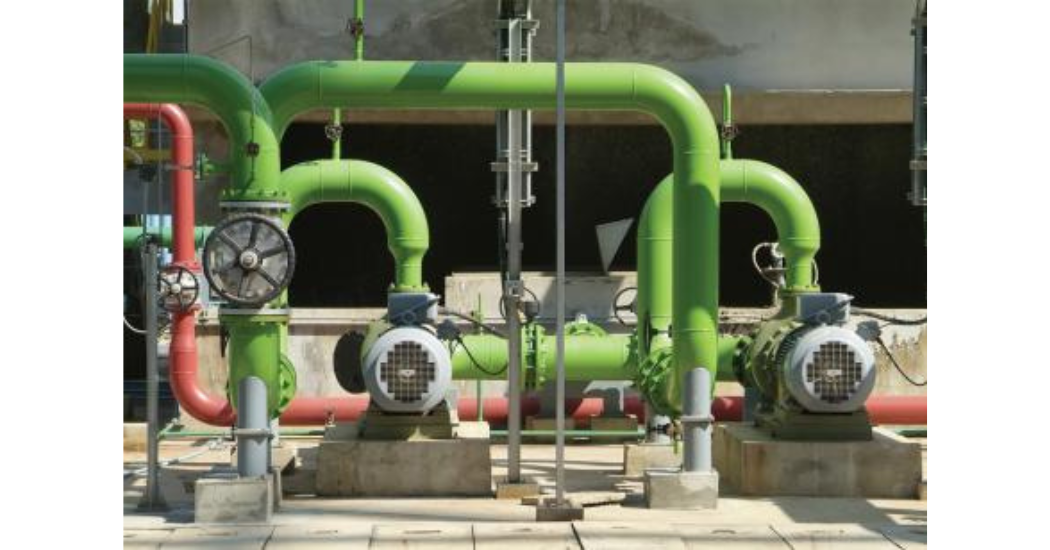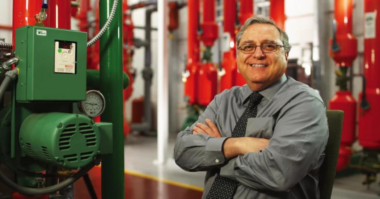Circulator Savings Calculator communicates potential savings across the industry.
The Hydraulic Institute (HI), the largest association of pump manufacturers in North America, announces its Circulator Savings Calculator as a free tool for users to estimate energy savings and financial payback from efficient circulator pump selection. This calculator adds to the portfolio of tools, resources, and programs developed by HI to promote the use of more efficient pumps. The calculator utilizes data from HI’s public Energy Rating database, er.pumps.org, in order to provide the most up-to-date savings calculations based on currently listed circulator models.
The Circulator Energy Savings Calculator estimates the energy savings for specific circulator pumps and domestic hot water recirculation pumps. Users have two options to calculate savings, with information from an HI Energy Rating Label or by entering size and control types. Users are also able to use defaults or customize aspects of the calculator, including operation hours to give the most accurate estimates.
Domestic Hot Water (DHW) Applications are also included for this calculator. The calculator provides savings from improved circulator pump efficiency as well as water heating savings from the use of run hour controls.
The HI Energy Rating database is available to the public to search for energy efficient commercial, industrial pumps and circulator pumps that are within the scope described in HI 40.5-Program Guideline for HI Energy Rating Program and HI 41.5-2022 Program Guideline for Circulator Pump Energy Rating Program. The Energy Rating Label is designed to indicate the relative power making it a valuable tool for utility incentive programs aimed at reducing energy use in commercial, industrial and residential pumping. For the Hydraulic Institute’s complete Energy Rating Program, training, certification programs, and standards, please visit https://www.pumps.org/resources/energy-efficiency/
About the Hydraulic Institute (HI)
Founded in 1917, the Hydraulic Institute (HI) is the largest association of pump manufacturers in North America. The global authority on pumps and pump systems, HI develops standards and technical resources including application guidebooks, on-line tools and calculators. In addition to collecting statistical data and providing a forum for the industry, HI manages efficiency programs that stem from its advocacy work with the US Department of Energy. While the HI Energy Rating label is found on efficient equipment and the Pump System Assessment Professional (PSAP) certification designates individuals; both programs promote the efficient use of pumps and pumping systems. The Institute’s educational subsidiary, Pump Systems Matter (PSM), provides product neutral training on energy efficiency, reliability and effective applications of pump systems through an extensive catalog of live, virtual and on-demand courses and webinars. www.Pumps.org





Comments